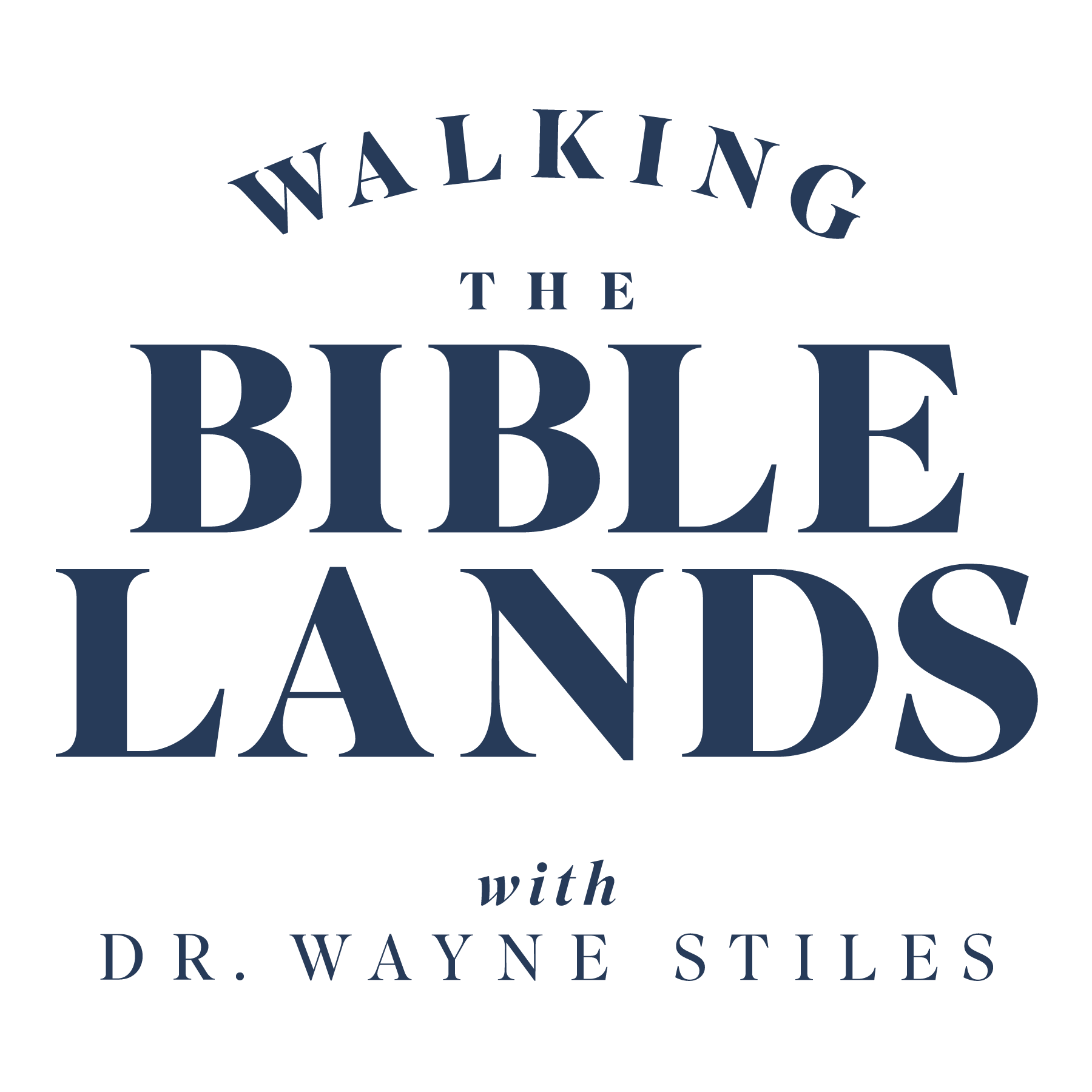3 min read
Bethlehem—A Powerful Metaphor for Your Life’s Greatest Need
Admin
:
Dec 11, 2016 9:00:30 PM
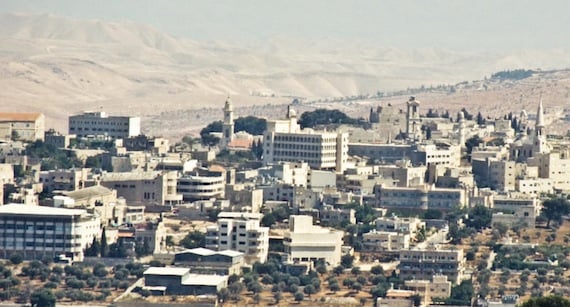
Christmas cards and carols venerate Bethlehem as an idyllic, quiet place with “silent stars” above it and “deep and dreamless sleep” within its walls. A pleasant picture, for sure. But it wasn’t always so.
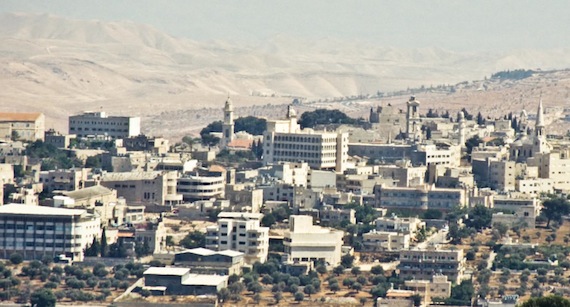
(Photo: Today’s little town of Bethlehem, courtesy of the Pictorial Library of Bible Lands)
Scripture’s introduction to Bethlehem isn’t pretty.
- Jacob buries his favorite wife, Rachel, on the way to Bethlehem (Genesis 35:19).
- The book of Judges mentions Bethlehem in conjunction with a corrupt priest who became a mercenary for idolaters (Judges 17:8-9).
- Another account describes a Bethlehem concubine who, after leaving town, was brutally raped and dismembered (Judges 19:1-30).
Not a great beginning for the little town of Bethlehem.
But then, the scene shifts.
Bethlehem Turns a Corner
The book of Ruth ushers in the noble characters of Ruth and Boaz. Like lights in the dark days of the judges, this couple honors God with their lives—and makes their home in Bethlehem.
Their great-grandson, David, became Israel’s greatest king (Ruth 4:11, 22). Bethlehem became David’s backyard.
- The Lord promised David that one of his descendants would sit on his throne and rule over an eternal kingdom (2 Samuel 7:16).
- The prophet Micah further revealed that this son of David, the Messiah, would be born in ignoble Bethlehem (Micah 5:2).
- It was this prophecy from Micah that drove the mad King Herod to kill the baby boys in Bethlehem after hearing of the birth of Jesus (Matthew 2:1-16).
[slideshow id=21]
(All pics courtesy of the Pictorial Library of Bible Lands)
The Church of the Nativity—Israel’s Oldest
Modern Bethlehem enjoys a tourist boom each December as thousands flock to the city in celebration of Christmas. The pilgrims congregate at the Church of the Nativity—the oldest standing church in Israel.
In the second century, when the Emperor Hadrian imposed his polytheistic—and overtly anti-Judeo-Christian—changes to Israel, he desecrated a particular cave in Bethlehem by including it in a grove dedicated to the pagan god Tammuz.
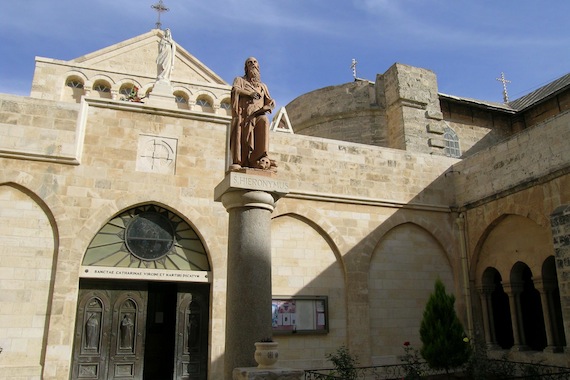
(Photo: Jerome’s statue at Bethlehem’s Church of the Nativity, courtesy of the Pictorial Library of Bible Lands)
As early as the second century, this cave was venerated as the birthplace of Jesus of Nazareth.
- After the Emperor Constantine’s mother visited the Holy Land, he built a church over the cave in AD 326. Roughly square in shape, the church covered the grotto with an octagonal apse.
- The floor featured beautiful mosaics, some of which can still be seen beneath the floor of today’s Church of the Nativity.
- In the fourth century, Jerome lived in an adjacent cave and translated the Vulgate—the Latin translation of Scripture used by Catholics for centuries.
Destroyed by Samaritans in 529, the church was immediately rebuilt and enlarged by the Emperor Justinian. This structure remains in its essence today.
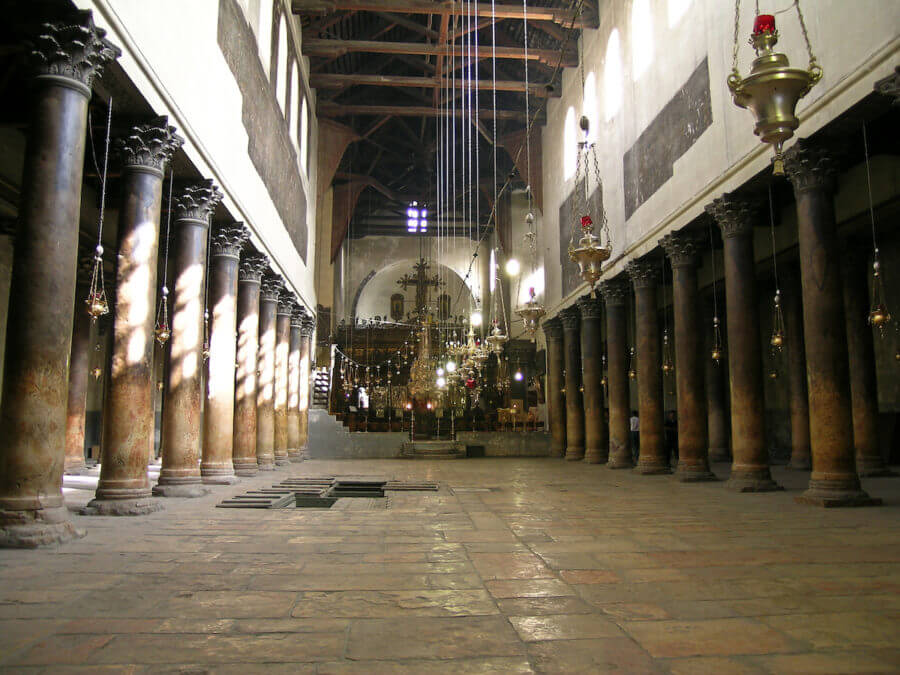
(Photo: Bethlehem Church of Nativity interior. Courtesy of the Pictorial Library of Bible Lands)
- According to tradition, the church escaped destruction by the Persians in AD 614 only because the depictions of the Magi portrayed them in Persian dress.
- Over the centuries, the church has fallen into disrepair and has enjoyed and endured many restorative efforts. Most recently, the leaky roof has needed fixing.
Bethlehem had a sordid beginning. But it is immortalized forever as the birthplace of Messiah. As with our own lives, God transformed Bethlehem from insignificant to meaningful because Jesus was born there.
Bethlehem in Your Life Today
The Prophet Micah predicted the city where the Messiah would be born seven centuries before it happened. Micah’s words do little to hide Bethlehem’s ignoble status:
As for you, Bethlehem Ephrathah, too little to be among the clans of Judah, from you One will go forth for Me to be ruler in Israel. His goings forth are from long ago, from the days of eternity. —Micah 5:2
Everybody wanted the Second Coming of Christ at the first Advent. They wanted the political deliver—not the spiritual deliverer. The present age is no different.
For those of us trapped in the confines of time, we suffer from time’s limited perspective. We may not admit it, but we see our greatest needs from God as physical. Our prayers betray our priorities:
- Protect us from harm.
- Provide us money for the mortgage.
- Help us succeed in our vocations and educations.
All fine prayers and all legitimate—just shortsighted.
Jesus came first in humility—born in ignoble Bethlehem and died an ignoble death in Jerusalem—because our greatest need before God is spiritual, not physical. We needed a Savior before we needed a King (see Hebrews 9:28).
Christmas reminds us that our greatest need before God is a heart that loves Him and follows Him.
If Jesus were born one thousand times in Bethlehem and not in me, then I would still be lost. —Corrie ten Boom
Tell me what you think: What helps you keep the spiritual aspect of Christmas a priority? To leave a comment, just click here.
Bethlehem on the Map:
See The Holy Land In Person
Journey to the Bible Lands with Wayne Stiles. You will NEVER be the same! Learn more:
Click here to leave a comment.
-1.png?width=5230&height=1198&name=unnamed%20(4)-1.png)


.jpg?width=350&name=Wayne-books-350wide%20(1).jpg)



